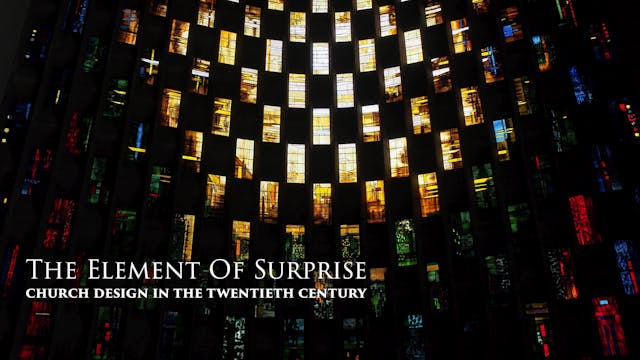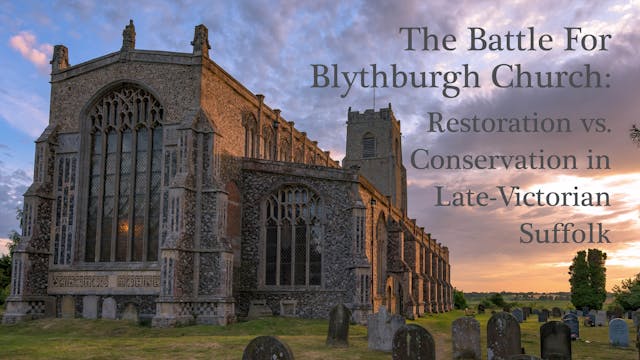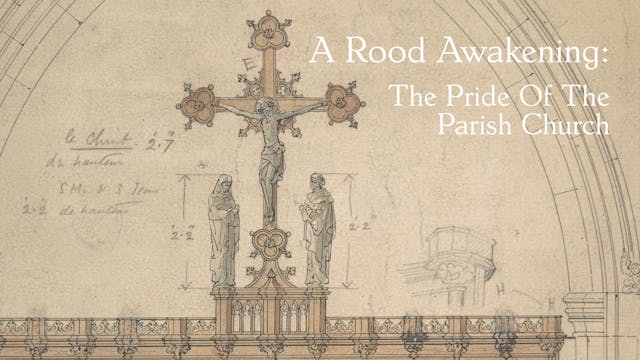Imperial Captial, Gothic Kingdom, Byzantine Outpost: Understanding Ravenna
Architecture
•
53m
From AD 402 to 751 the small city of Ravenna, on the NE coast of Italy, became the capital of the Roman Empire in the West, then the centre of a Gothic kingdom and finally the western outpost of Byzantine government from Constantinople. During these centuries the construction of many early Christian churches, palaces, tombs and fortifications made it a repository of exquisite art and architecture, erected on the orders of a wide range of elite officials and through the skilful efforts of many anonymous craftsmen. This talk aims to explain how such a concentration of early Christian art occurred and why it survived, when so many other centres failed.
This lecture is given by Professor Judith Herrin. Prof. Herrin won the Heineken Prize for History (the ‘Dutch Nobel Prize’) in 2016 for her pioneering work on the early Medieval Mediterranean world, especially the role of Byzantium, the influence of Islam and the significance of women. She is the author of Byzantium: The Surprising Life of a Medieval Empire, The Formation of Christendom, A Medieval Miscellany and Women in Purple. Herrin worked in Birmingham, Paris, Munich, Istanbul and Princeton before becoming Professor of Late Antique and Byzantine Studies at King’s College London until 2008. She is now the Constantine Leventis Visiting Senior Research Fellow in the Department of Classics at King’s. She has excavated in Greece, Cyprus and Turkey, and served for thirty years on the editorial board of Past and Present.
Her latest book is Ravenna: Capital of Empire, Crucible of Europe
Up Next in Architecture
-
The Element Of Surprise: Church Desig...
Many of you will be aware that Victorian elements are present in almost every church in Britain, but did you realise that this applies to the twentieth century too? Did you know that as many new churches were built in the 1960s as in the 1860s at the height of the Gothic revival? In this lecture ...
-
The Battle For Blythburgh Church: Res...
After decades of neglect, Blythburgh church, a grand fifteenth-century building in a small Suffolk village, was ‘mouldering into ruin’. In 1881 the church was closed as unsafe. Although the church was re-opened in 1884, proposals for restoration precipitated a twenty-five year long rancorous conf...
-
A Rood Awakening: The Pride Of The Pa...
Join us on a historical tour exploring how and why Rood Screens came to be built that separated the congregation from the priests in parish churches. Through illustrated examples, some of the care and attention devoted to embellishing these screens by the parish congregations will be revealed. Fi...



